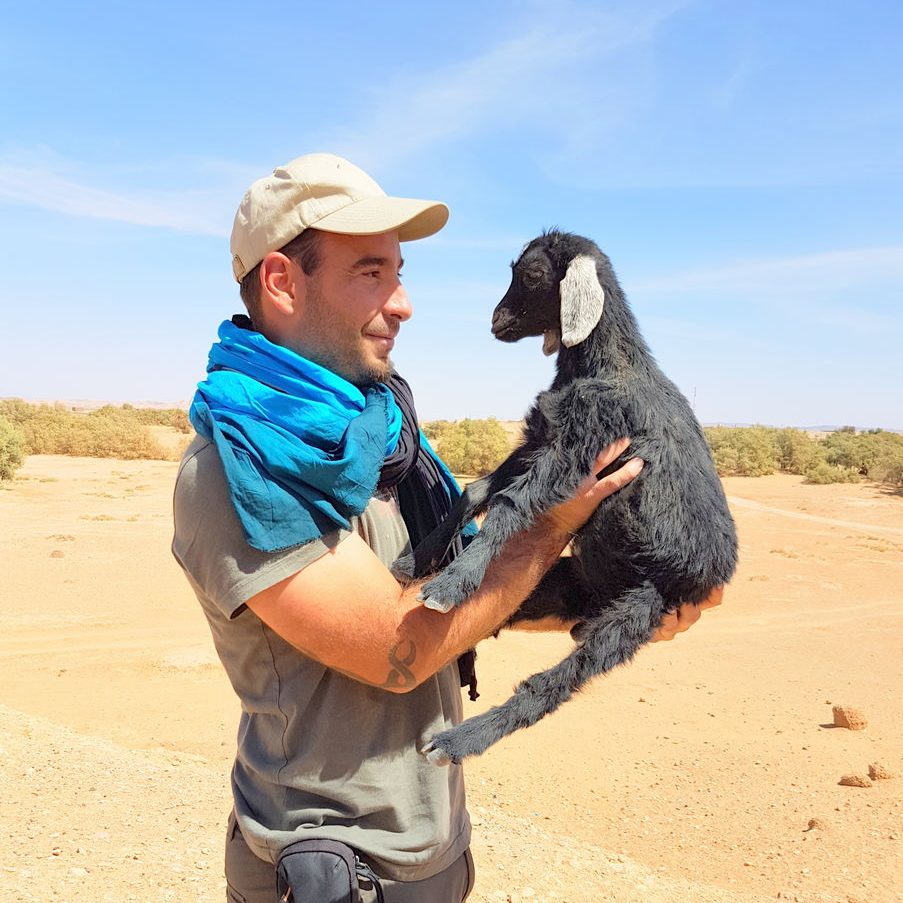Visit Baalbek
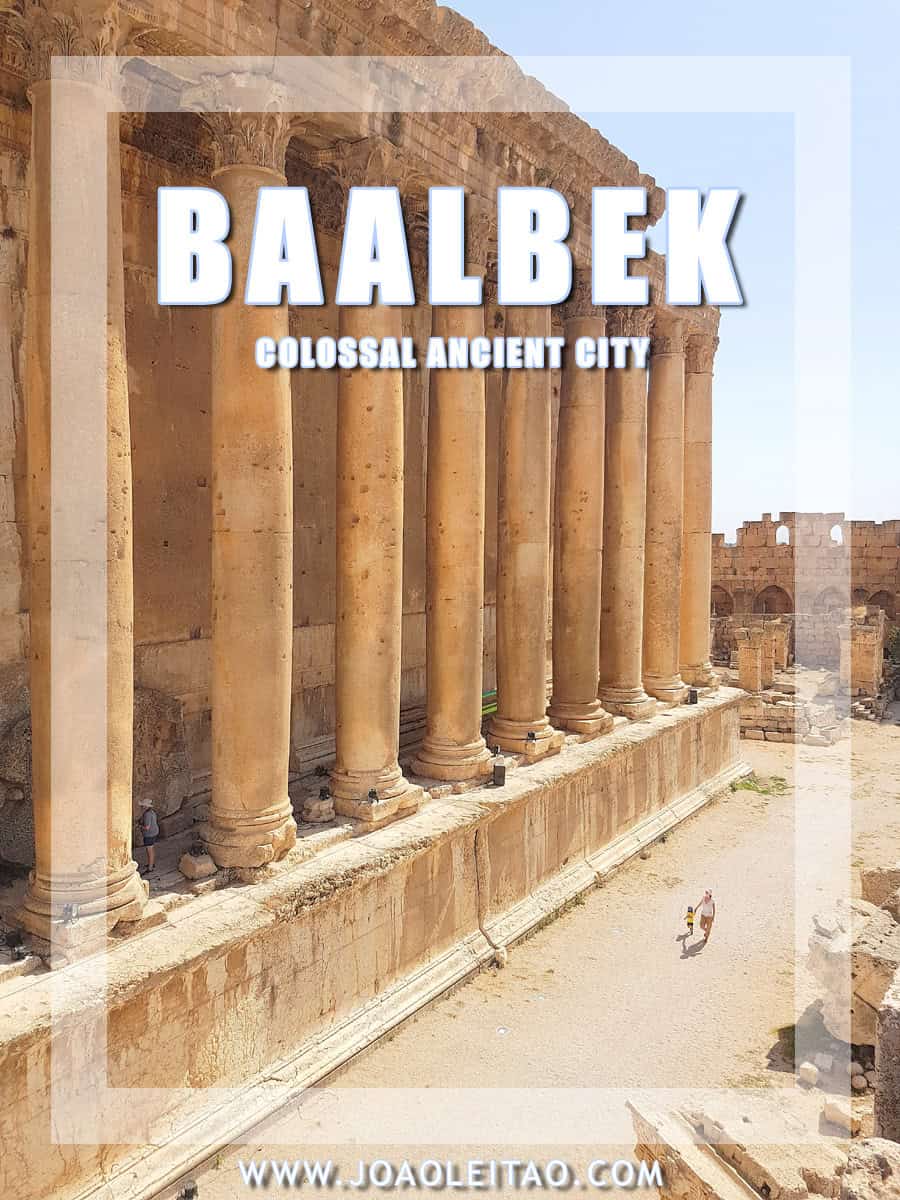
The town of Baalbek is located in Lebanon’s Bekaa Valley, roughly 85km northeast of Beirut and 75km north of Damascus in Syria. Baalbek lies in the Anti-Lebanon foothills, and visitors arrive here mainly to visit the famous Phoenician / Roman ruins.
For a long time, I had the desire to visit Lebanon. Years passed and I somehow always postponed my trip to this Middle Eastern country. During my one week trip to Lebanon, I had the pleasure of visiting sites such as Crusader Castle and the old market of Byblos, the incredible Jeita caves, the Roman ruins of Baalbek, and the ruins of Anjar on the Syrian border.
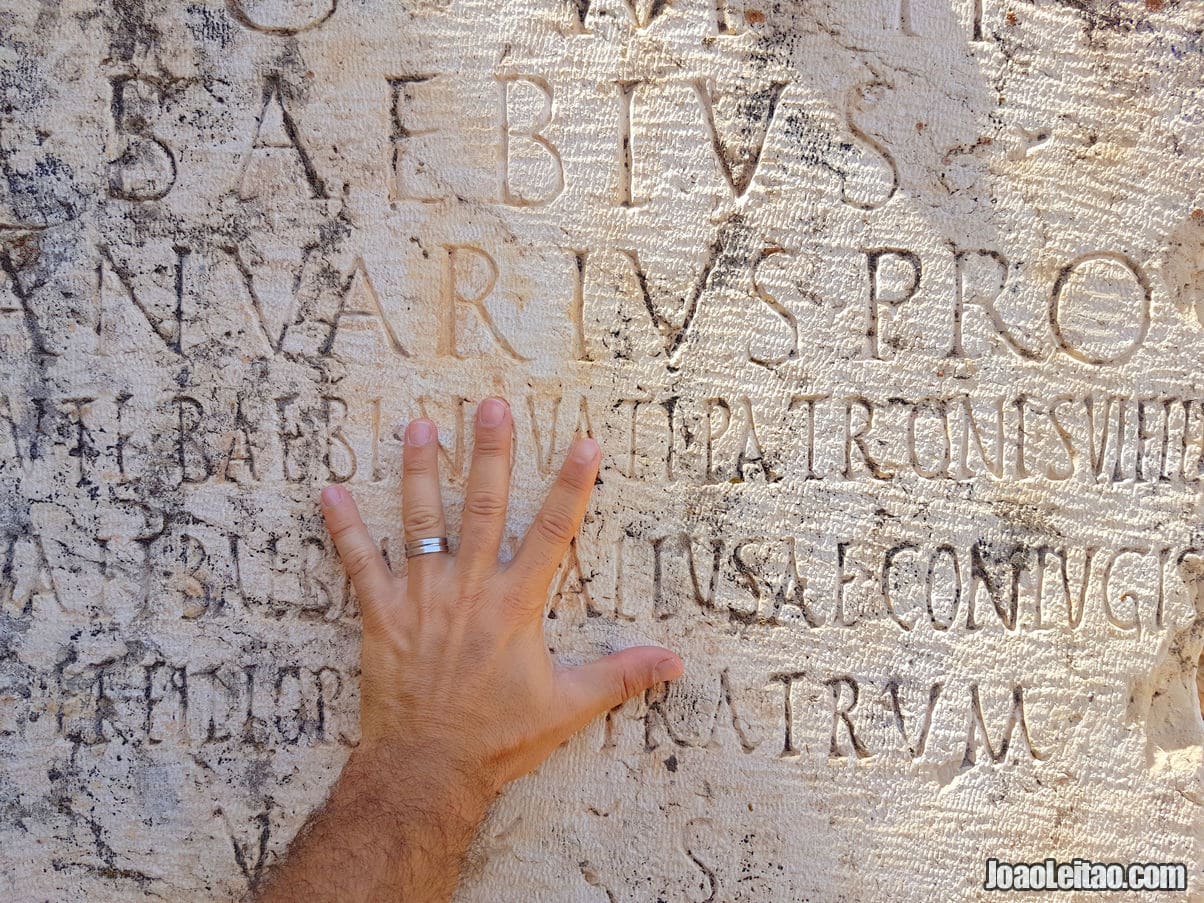
Besides these beautiful historical destinations, I still had a couple of days to explore the capital city, Beirut. On this page, I will focus on the incredible ancient city of Baalbek. I hope this blog post will motivate you to visit this site in the future.
Brief history of Lebanon
The history of Lebanon comprises a complex succession of cultural and religious influences since the ancient times in which the powerful Egyptian civilization stood nearby. The name “Lebanon” appears 70 times in the Old Testament, the first part of the Christian Bible. The Old Testament was written from approximately the 1660s B.C. to the 400s B.C.
Lebanon was where the Phoenicians lived, and from where they sailed and culturally influenced so many European coastal areas. Then came the Romans and Christianity, followed by the Arabs, who brought a new religion, Islam. Power successions continued by the Ottomans, who governed Lebanon from the beginning of the 16th-century until the 20th-century, when they ceded what is now modern Lebanon to France, following their defeat in World War I.
Visit Baalbek
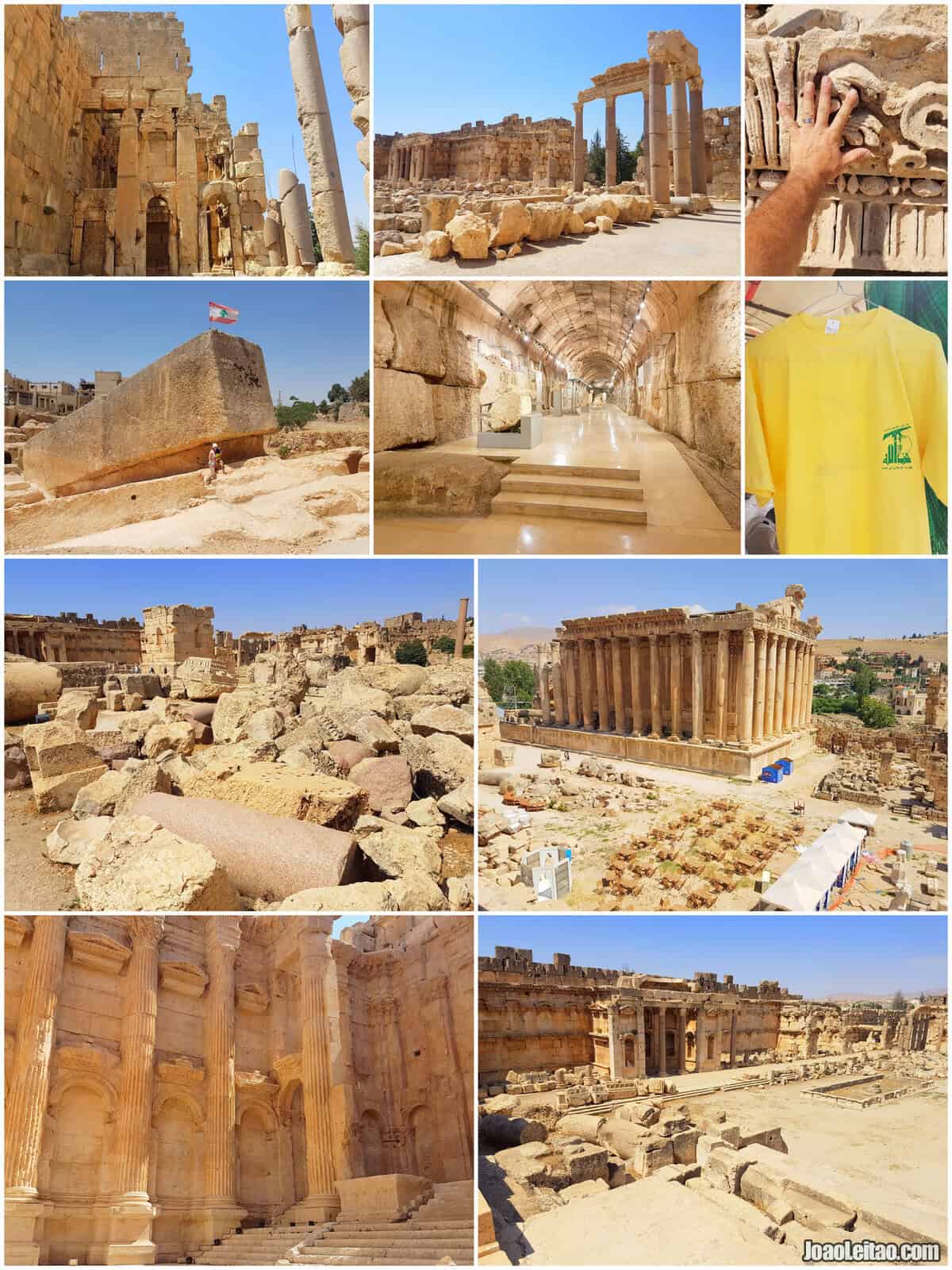
Baalbek is an ancient Phoenician city turned into the famous Heliopolis of Alexander the Great. The Romans came later and significantly developed the city, where they built the temple of Jupiter Baal, considered the most decorated and imposing religious building in the history of the Roman Empire.
Eventually, the Arabs occupied the area after defeating the Byzantines at the Battle of Yarmouk and built a mosque destroying all the Christian elements of the complex.
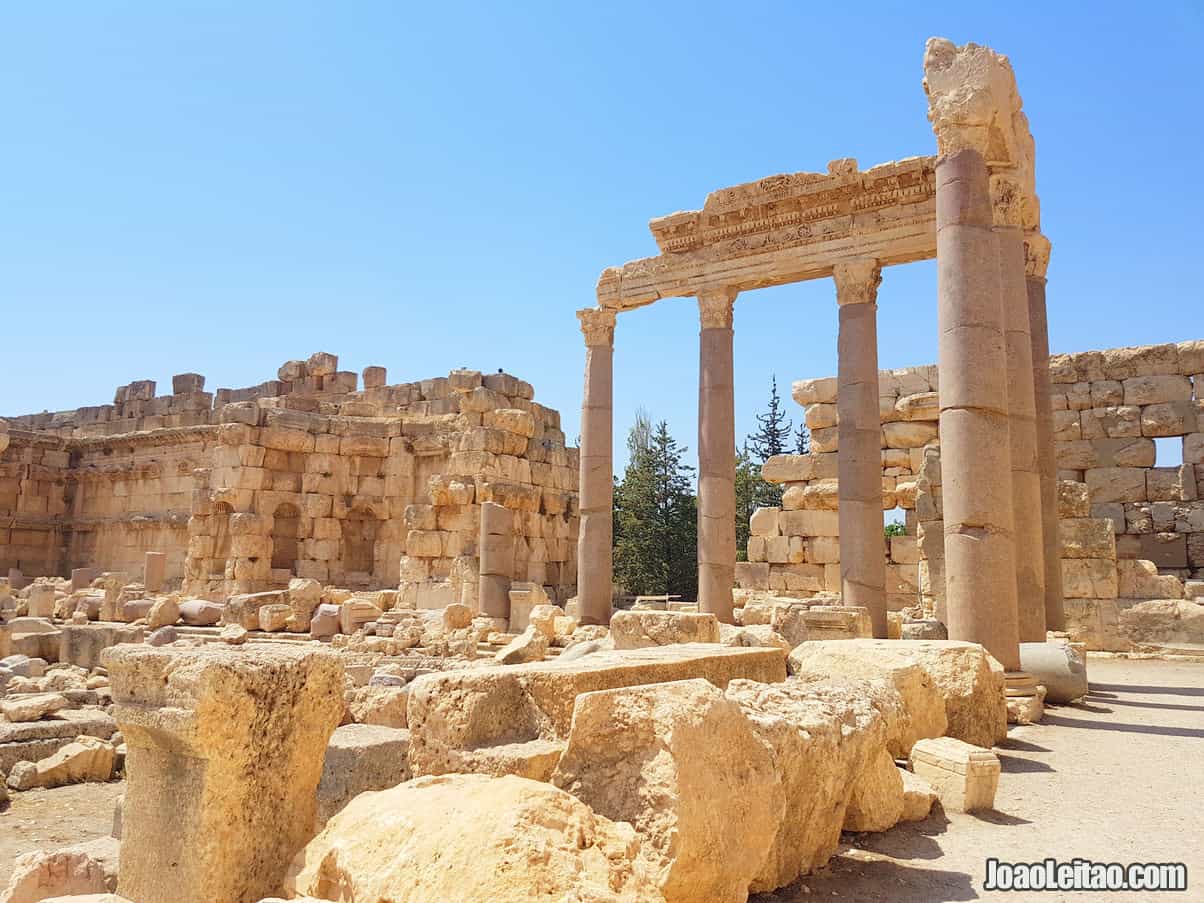
The city survived centuries and several devastating wars. During the Ottoman-era, and as they were not interested in Baalbek, it gradually became forgotten, and its monumental temples started deteriorating and falling apart.
At the beginning of the 20th-century, after the reconstruction work by German archaeologists, the world got astonished by the relative state of conservation and the majestic dimensions of the temple of Bacchus, undoubtedly the most impressive of Baalbek archaeological complex.
What to visit in Baalbek:
- Temple of Bacchus (small temple)
- Remains of the Temple of Jupiter (big temple)
- Great Court
- Temple of Venus
- Hexagonal Forecourt
Baalbek UNESCO World Heritage Site struck me by surprise. I usually never prepare my trips, so I had no idea of what to expect. I would never imagine I was about to visit the Temple of Bacchus, probably the most well preserved Roman temple in the world. Also, the colossal size of the remaining columns of the Temple of Jupiter is unbelievable. I mean, the whole archaeological site is extraordinary and worth a visit.
Read my page:

